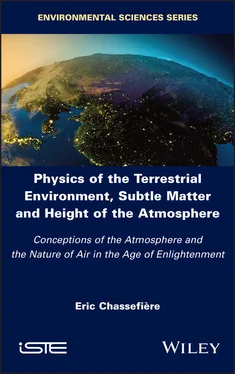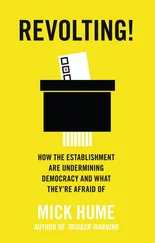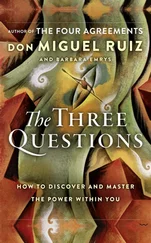This result from Stephen Hales was contested by Halley, who thought that air could not be compressed more than 800 times, because it then reached the density of water, and could not be compressed any more, as water was considered incompressible. Concerning the dilatability of air, “one can […] conclude, according to Musschenbroek, from some rather crude experiments, that air which is close to our globe, can expand to occupy a space 4,000 times larger than the one it occupied.” By making successive expansions of a volume of air, Boyle concluded that “the air we breathe near the surface of the Earth is condensed by the compression of the upper column into a space at least 13,679 times smaller than the space it would occupy in a vacuum.” He seemed to suppose that we could reduce by compression a volume of gas to 1/40th of its value, when he posited that “if this same air is condensed by art, the space it will occupy when it is as much as it can be, will be at the space it occupied in this first state of condensation, as 550,000 is at 1.” Finally, the degree of expansion of the air influences its capacity to penetrate bodies, such as wood: according to Musschenbroek, “when the air is expanded to a certain point, it no longer passes through the pores of all kinds of wood.”
Before closing this chapter, let us return to the other essential constituent of the atmosphere, namely ethereal matter, whose existence is postulated, as we have seen, particularly on the basis of the fact that light and heat propagate in the vacuum created in a pneumatic machine. This ethereal matter splits into a large number of subtle matters, which are invoked to explain various phenomena. For example, there is magnetic matter, responsible for the orientation of the magnetic needle and for the attraction between the magnet and iron, which operates in a vacuum, as Boyle’s experiments have shown; or electrical matter, responsible for the glow and the effects of attraction and repulsion between electrified bodies, which is transmitted through the vacuum, as attested by the sparks obtained by Francis Hauksbee in his static electricity generator. Some of these matters are supposed to be identical, for example, those that transmit light and heat, according to Newton. Nollet equated electrical matter with fire matter. Laurent Béraud tried to unify magnetic matter and electrical matter. Many theories were developed to achieve a more integrated vision of ether and subtle matter. Most of the above-mentioned matter, as well as some others, such as Cassini’s refractive matter, Descartes’ solar matter or the subtle air invoked by Jean Bernoulli to explain the mercurial phosphorus (luminous barometer), take part in the representations of the atmosphere which were developed at the end of the 17th century and in the 18th century to explain the natural phenomena being used to estimate its height: the refraction of starlight (refractive matter), the reflection of sunlight (the effect of the solar atmosphere, and therefore of solar matter, on the height of the atmosphere estimated by the twilight method), fiery meteors passing through the atmosphere and falling stars (electrical matter), the aurora borealis (solar matter, subtle air, magnetic matter), etc. The purpose of the following chapters is specifically to examine these subtle matters, and the way they are supposed to interact with the atmosphere to explain the different phenomena that define the quest to determine its height.
Конец ознакомительного фрагмента.
Текст предоставлен ООО «ЛитРес».
Прочитайте эту книгу целиком, купив полную легальную версию на ЛитРес.
Безопасно оплатить книгу можно банковской картой Visa, MasterCard, Maestro, со счета мобильного телефона, с платежного терминала, в салоне МТС или Связной, через PayPal, WebMoney, Яндекс.Деньги, QIWI Кошелек, бонусными картами или другим удобным Вам способом.











